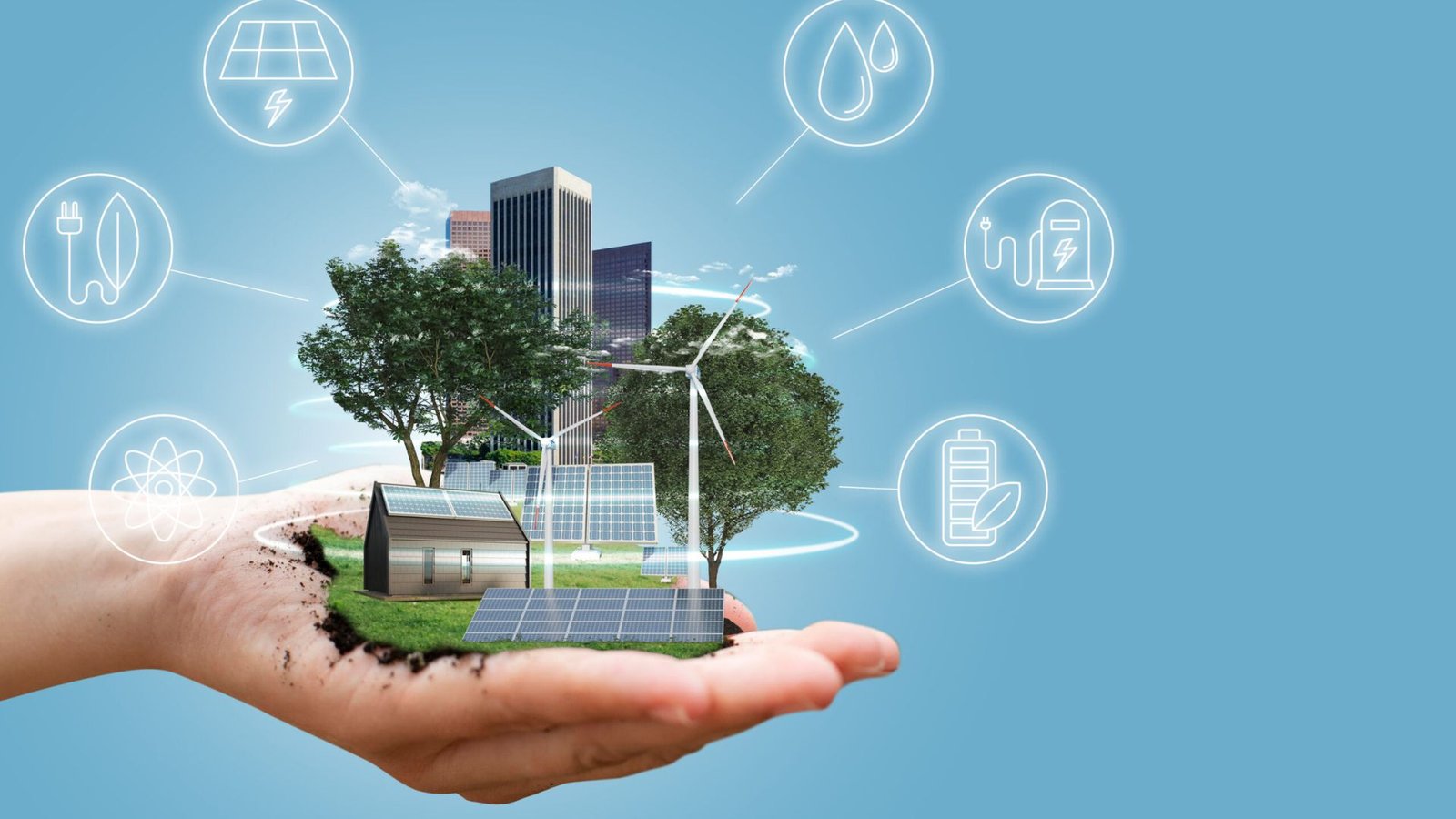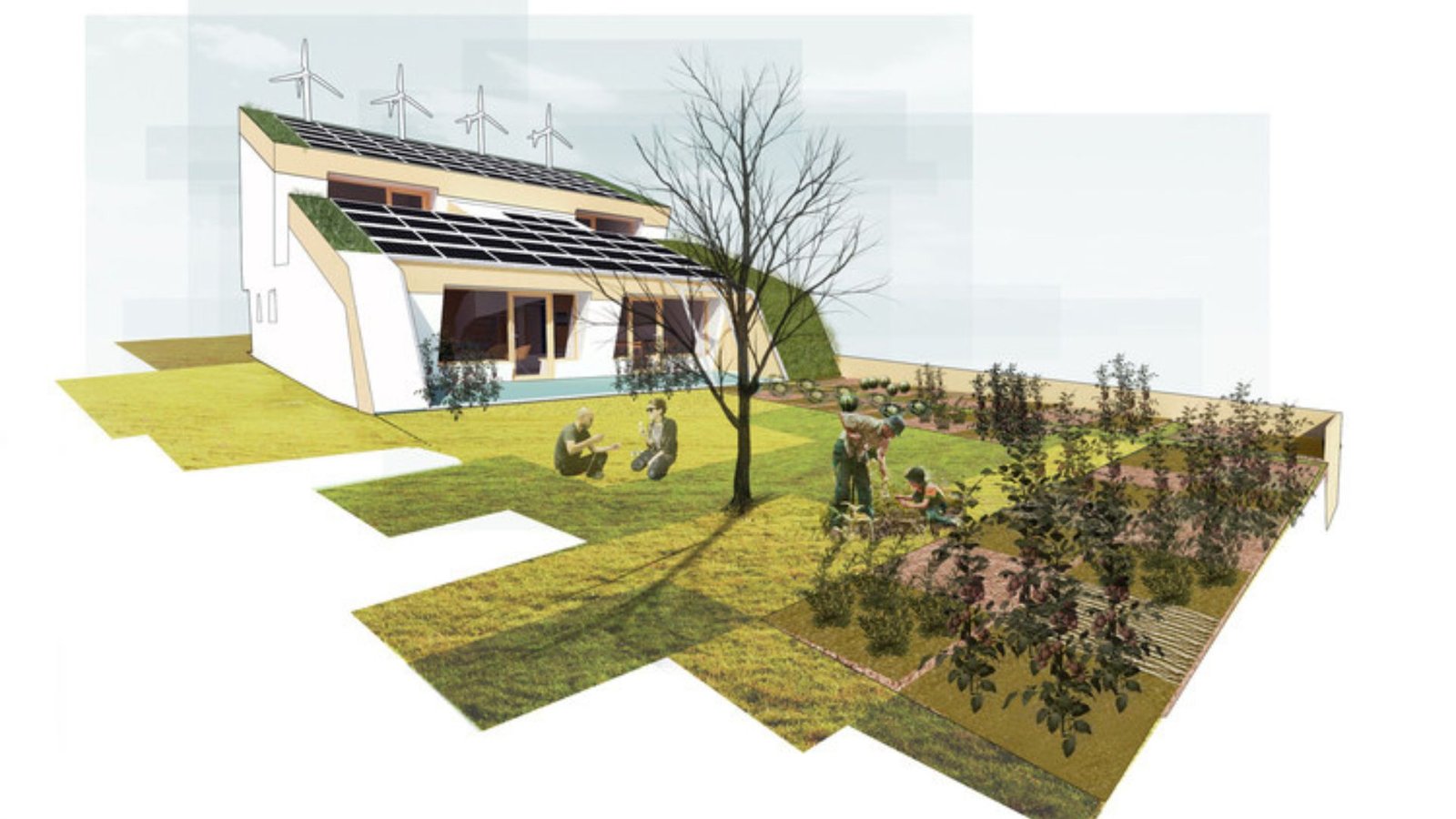What are Net Zero Buildings in Architecture
Net zero buildings are a hot topic in architecture today. They represent a significant shift towards sustainable design. Essentially, a net zero building produces as much energy as it uses over a year. This article will explain what net zero buildings are in architecture. Additionally, we’ll discuss their benefits, challenges, and examples.

Understanding Net Zero Buildings
- Definition
- Firstly, let’s define net zero buildings. These structures aim to balance the amount of energy they consume with the energy they generate. This means they use renewable energy sources and efficient design to meet their energy needs.
- Energy Efficiency
- Net zero buildings are highly energy-efficient. They incorporate advanced insulation, high-performance windows, and energy-efficient systems. Consequently, this reduces their overall energy consumption.
- Renewable Energy Sources
- Furthermore, they use renewable energy sources. For example, solar panels, wind turbines, and geothermal systems are common. By generating their own power, they reduce reliance on external energy sources.
Benefits of Net Zero Buildings
- Reduced Energy Costs
- One key benefit is reduced energy costs. Because these buildings generate their own energy, they can significantly lower utility bills. As a result, the initial investment in renewable energy systems pays off over time.
- Environmental Impact
- Additionally, net zero buildings have a lower environmental impact. They reduce greenhouse gas emissions and decrease the carbon footprint. Consequently, they contribute positively to combating climate change.
- Increased Resilience
- Moreover, these buildings are more resilient. By relying on renewable energy, they are less affected by energy price fluctuations and power outages. This ensures a steady supply of energy for the occupants.
Challenges of Net Zero Buildings
- High Initial Costs
- One challenge is the high initial cost. Implementing energy-efficient systems and renewable energy sources can be expensive. However, this cost is often offset by long-term savings and incentives.
- Design Complexity
- Additionally, designing net zero buildings can be complex. It requires careful planning and integration of various systems. Architects and engineers must work together to ensure all elements function efficiently.
- Maintenance Requirements
- Furthermore, maintaining these buildings can be demanding. Regular upkeep of renewable energy systems and energy-efficient components is necessary. This ensures that the building continues to perform as intended.
Examples of Net Zero Buildings
- The Edge in Amsterdam
- The Edge in Amsterdam is a notable example. This office building uses solar panels and a geothermal heating system. It produces more energy than it consumes, making it a leader in sustainable design.
- The Bullitt Center in Seattle
- Another example is the Bullitt Center in Seattle. Known as the “greenest commercial building,” it features rainwater harvesting and energy-efficient systems. It successfully achieves net zero energy usage.
- The Zero Energy House in Australia
- The Zero Energy House in Australia also exemplifies net zero design. It combines solar power, passive solar design, and high-quality insulation. This home generates more energy than it uses over the year.
How to Achieve Net Zero Status
- Energy Audit
- Start with an energy audit. This helps identify areas where energy efficiency can be improved. By addressing these areas, you can reduce overall energy consumption.
- Incorporate Renewable Energy
- Next, incorporate renewable energy sources. Solar panels and wind turbines are effective options. These systems will generate the energy needed to achieve net zero status.
- Design for Efficiency
- Additionally, design your building for efficiency. Use high-quality insulation, energy-efficient windows, and advanced HVAC systems. This will help minimize energy use and also support the net zero goal.
Conclusion: Net Zero Buildings in Architecture
In conclusion, net zero buildings are a vital innovation in architecture. They offer benefits like reduced energy costs, lower environmental impact, and also increased resilience. Despite challenges such as high initial costs and design complexity, their advantages make them a worthwhile investment. By incorporating renewable energy and designing for efficiency, you can achieve net zero status and contribute to a more sustainable future.



